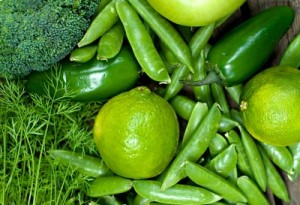Trends in food retail with regard to animal welfare and the “Freedom Foods” movement
Canada is probably a decade behind Europe with regard to consumer choice and skepticism about animal welfare/organic/natural claims. European consumers are highly skeptical today and the market has evolved to a much higher level of government regulation/control vs. voluntary industry standards compared to North America because of complacency on the part of industry in the past to manage standards.

NGOs have taken control of the animal welfare discussion by leveraging the trust gap with the introduction of their own marks of “freedom foods” (Indoor/outdoor raised animals) reflecting a growing expectation among consumers to support animal husbandry standards that are as close to free range as possible. An example is “caged hens” vs. “Free range”. A similar discussion of cage/barn/free range animals is likely to grow in Canada too. Clearly, “natural living” for animals conflicts with “factory farming” practices today. We are heading to a high cost/high risk environment for retailers and farmers.
A fight between “organic” (shrinking market) and “animal Welfare” (growing market) is shifting the power equation towards NGOs from monitoring to endorsing/shaming animal welfare practices in supply chain (retail) procurement. Welfare quality criteria are also becoming more stringent with vary retailers changing procurement practices to preempt PR problems from not receiving NOG “Farm Assurance” seals of approval. Also “Food Safety” (growing market) and eating quality (growing market) are also influencing the discourse. Farm marks in the UK include Red Tractor and Certified Humane.
Another problem is 71% of consumers say retailers/farmers need to improve animal welfare and yet 85% know little about farming practices and 54% say its not easy to find information. The reputation and trust levels of farmers has eroded severely in Europe over the past decade with significant public support for much higher levels of policing and regulation.
Also 72% say farmers should be paid more for higher standards and yet 85% of consumers aren’t willing o pay a premium. Hence consumers put on their “citizen hat” when expressing an opinion about animal welfare but then put on their “consumer hat” when they shop on price.
A animal welfare quality model seems to be emerging that uses feed, housing, health and appropriate behaviour as metrics to determine animal welfare standards. With this model animal behaviour may take precedent over indoor/outdoor housing.
There seems to be an appetite for a Certification standard (CPD equivalent) among beef/pork/chicken farm councils in Canada. Also five areas are on the radar for shifts in regulation, consumer preference and standards of care with a balance between production systems and animal well being leading to better welfare outcomes:
- Indoor vs. outdoor animal husbandry
- Food production advocacy (Eg. Foie gras, horse, shark fin, seal meat)
- GMO plant/animal
- Farm animal transport standards
- Agriculture inspections/enforcement/codes of practice
